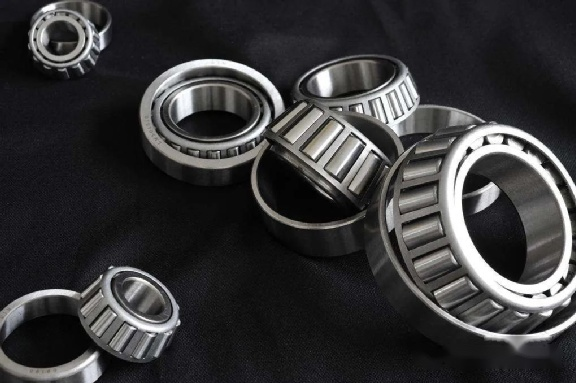Rolling bearings are generally composed of four parts: inner ring, outer ring, rolling element and cage.
The function of the inner ring is to cooperate with the shaft and rotate with the shaft; the function of the outer ring is to cooperate with the bearing seat and play a supporting role; the rolling element is evenly distributed between the inner ring and the outer ring with the help of the cage, and its shape, size and number directly affect the performance and life of the rolling bearing; the cage can make the rolling element evenly distributed and prevent the rolling element from falling off. The characteristics of rolling bearings are as follows:
Specialization
In the processing of bearing parts, a large number of bearing-specific equipment are used, such as ball mills for steel ball processing. The characteristics of specialization are also reflected in the production of bearing parts, such as steel ball companies specializing in the production of steel balls, and miniature bearing factories specializing in the production of miniature bearings.
Advancedness
Due to the large-scale requirements of bearing production, it is possible to use advanced machine tools, tooling and processes. Such as CNC machine tools, three-jaw floating chucks and protective atmosphere heat treatment.
Automation
The specialization of bearing production provides conditions for its production automation. In production, a large number of fully automatic, semi-automatic special and non-special machine tools are used, and automatic production lines are gradually promoted and applied. Such as heat treatment automatic line and assembly automatic line.


